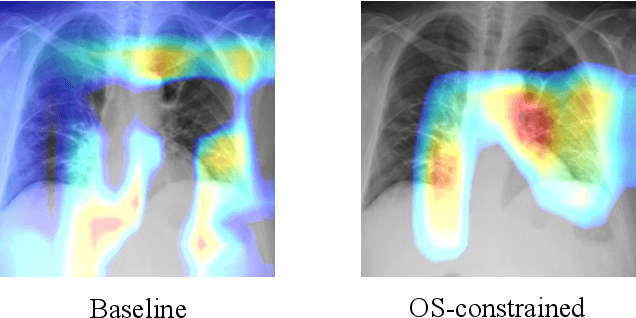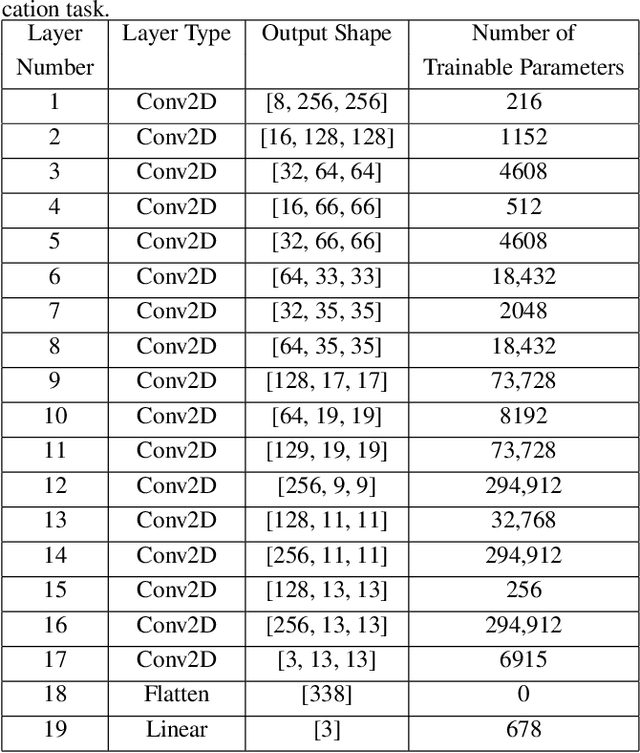Ella Y. Wang
Interpretable COVID-19 Chest X-Ray Classification via Orthogonality Constraint
Feb 02, 2021



Abstract:Deep neural networks have increasingly been used as an auxiliary tool in healthcare applications, due to their ability to improve performance of several diagnosis tasks. However, these methods are not widely adopted in clinical settings due to the practical limitations in the reliability, generalizability, and interpretability of deep learning based systems. As a result, methods have been developed that impose additional constraints during network training to gain more control as well as improve interpretabilty, facilitating their acceptance in healthcare community. In this work, we investigate the benefit of using Orthogonal Spheres (OS) constraint for classification of COVID-19 cases from chest X-ray images. The OS constraint can be written as a simple orthonormality term which is used in conjunction with the standard cross-entropy loss during classification network training. Previous studies have demonstrated significant benefits in applying such constraints to deep learning models. Our findings corroborate these observations, indicating that the orthonormality loss function effectively produces improved semantic localization via GradCAM visualizations, enhanced classification performance, and reduced model calibration error. Our approach achieves an improvement in accuracy of 1.6% and 4.8% for two- and three-class classification, respectively; similar results are found for models with data augmentation applied. In addition to these findings, our work also presents a new application of the OS regularizer in healthcare, increasing the post-hoc interpretability and performance of deep learning models for COVID-19 classification to facilitate adoption of these methods in clinical settings. We also identify the limitations of our strategy that can be explored for further research in future.
 Add to Chrome
Add to Chrome Add to Firefox
Add to Firefox Add to Edge
Add to Edge